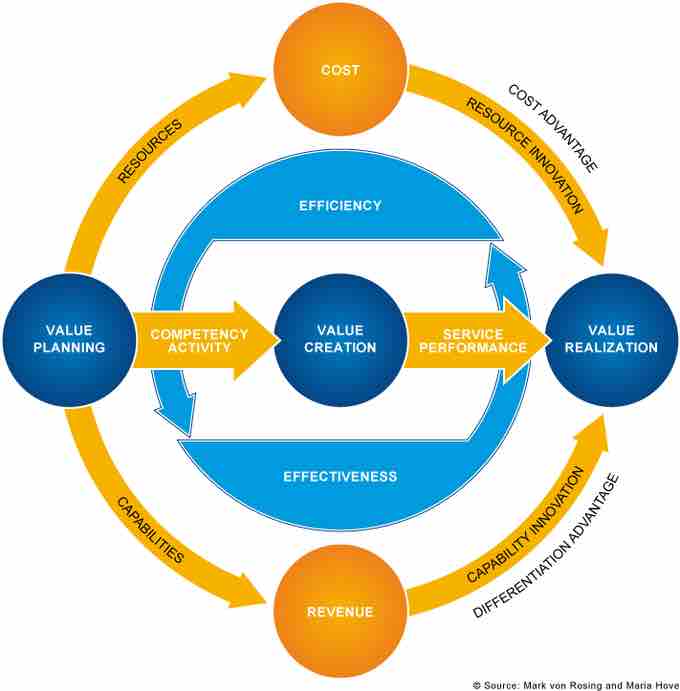The customer's perceived value of a product is the relationship between the perceived benefits in relation to the perceived costs of receiving those benefits. Value is thus subjective (i.e., a function of consumers' estimation) and relational (i.e., both benefits and cost must be positive values).
For a firm to deliver value to its customers, it must consider what is known as the "total market offering. " This comprises the organization's reputation, staff representation, product benefits, and technological characteristics as compared to competitors' market offerings and prices. Value can thus be defined as the relationship of a firm's market offerings to those of its competitors.
The migration from product-oriented to customer-oriented strategies is called Total Customer Value Management (TCVM). This requires implementing a customer-focused vision – a major shift in strategic thinking, often including moving the basis for competition from product or price to process or service value.
TCVM goes beyond conventional customer value management, which provides a rational set of techniques, methodologies, and strategies to weave the needs and wants of customers into the key process designs and management activities of the enterprise. TCVM helps businesses create and sustain differentiating value, enabling them to compete within their markets. TCVM also creates value for employees, business partners (customers, delivery chain, supply chain, unions) and shareholders.
TCVM starts with a customer strategy, which is the precursor of building a conventional business strategy. By assigning customer tasks to traditionally non-customer facing departments like IT, Finance, and HR, a Continuous Customer Improvement Program is created to ensure customer delight.

Value Model
This image shows how value creation is tied to cost and revenue.